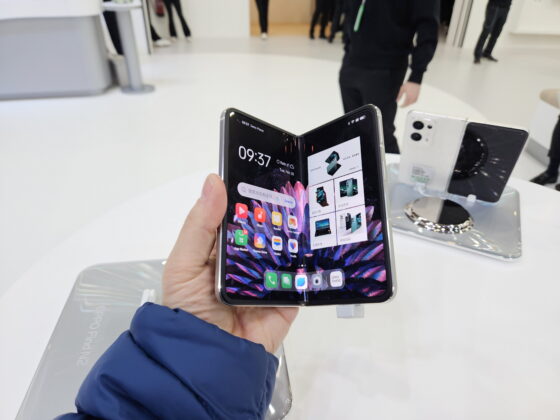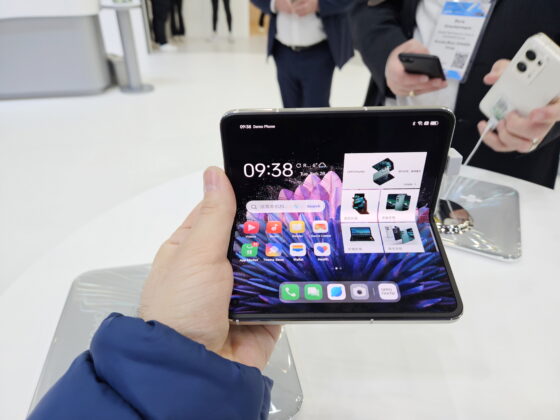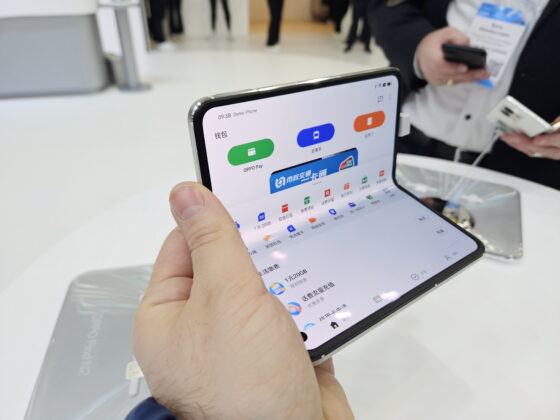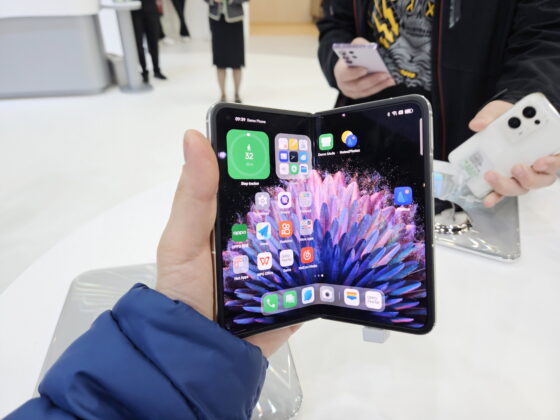OPPO is back with a surprise – the OPPO Find N2. Not only did they bring their clamshell foldable OPPO Find N2 Flip, but they also introduced a book-style foldable phone. I got the chance to do a hands-on review of the phone, see how it moves and learn a few new things about it. The OPPO Find N2 is the direct successor to the Find N, a model that received a review from us last year. There aren’t any major design changes, but the new model is lighter and more durable than its predecessor.
The OPPO Find N2 weighs only 233 grams, but there have been no compromises made in its construction. It features an anodized aluminum frame, leather or glass on the back, and Corning Gorilla Glass Victus protection for the external panel. The screen measures just 5.54 inches diagonally, has narrow edges, a 120Hz refresh rate, and is bright.
The foldable screen on the inside measures 7.1 inches diagonally and has a 9.6:9 aspect ratio, which is almost square. It is an LTPO panel with a variable refresh rate (1-120Hz), bright, and HDR10+ certified. Under the hood, the phone hides a Snapdragon 8+ Gen 1 processor, 12GB or 16GB of RAM, and 256GB or 512GB of storage. It comes with a 4520mAh battery and charges at 67W with a wire.
On the back, we have a triple camera setup that includes a 50MP primary sensor, a 48MP ultra-wide sensor, and a 32MP telephoto camera. The selfie cameras integrated into the punch-hole at both the exterior and the interior are 32MP. OPPO has also brought the MariSilicon X NPU, developed in partnership with Hasselblad.
Overall, it is a foldable smartphone that offers a different format, but doesn’t bring too many upgrades over its predecessor, according to Alex. It’s not yet clear if OPPO plans to release this model globally. Nonetheless, it’s an exciting addition to the OPPO lineup and a promising sign of the company’s continued commitment to innovation and creativity.



















